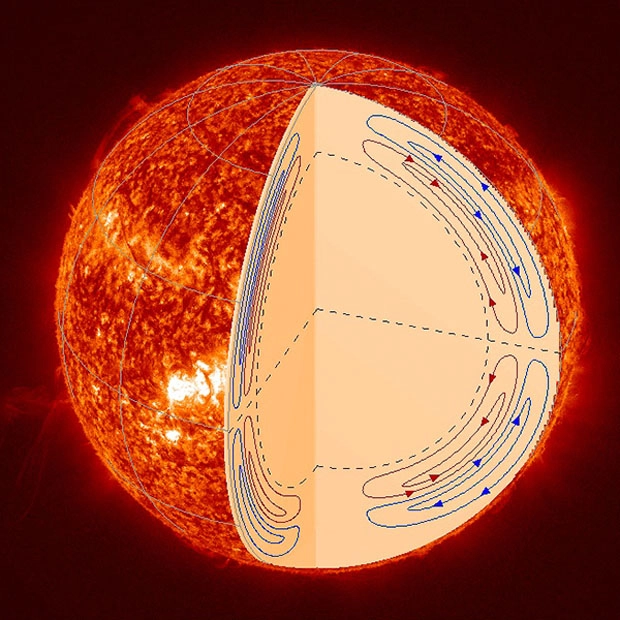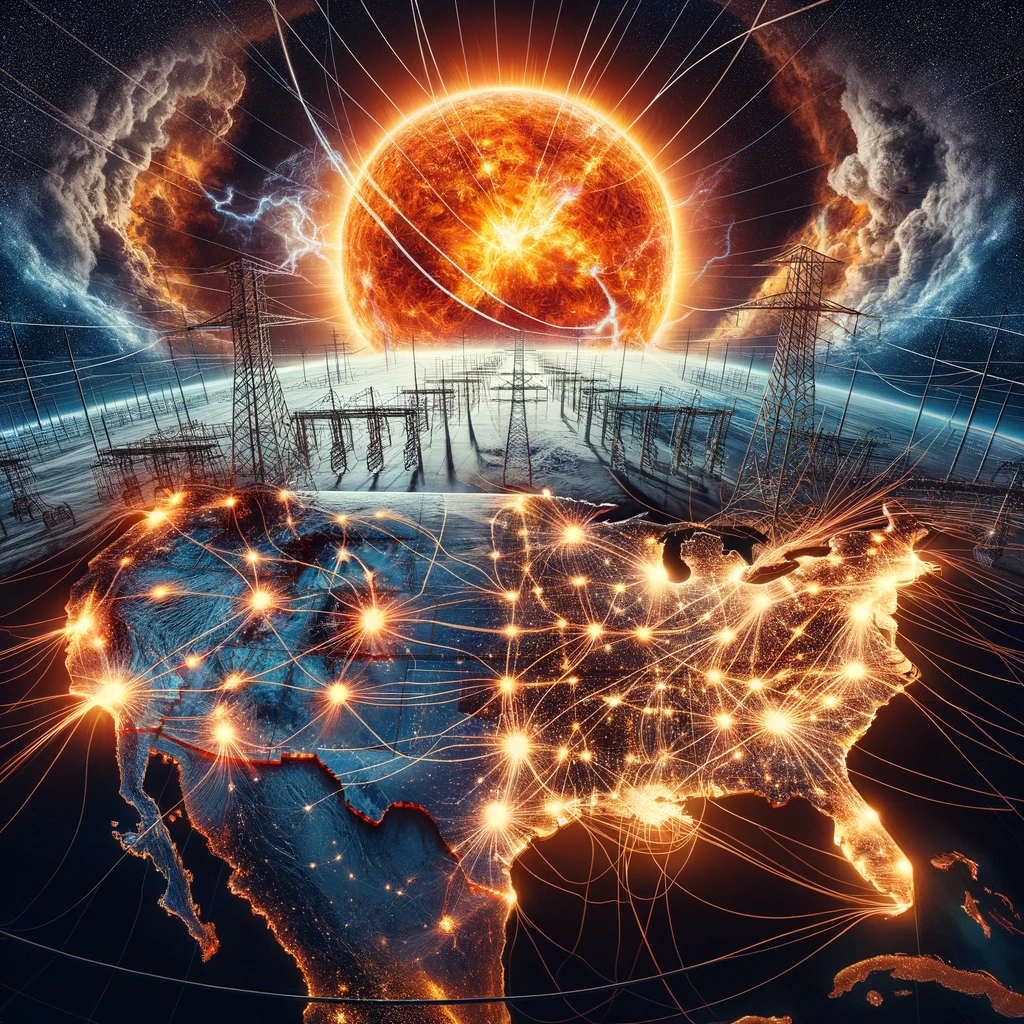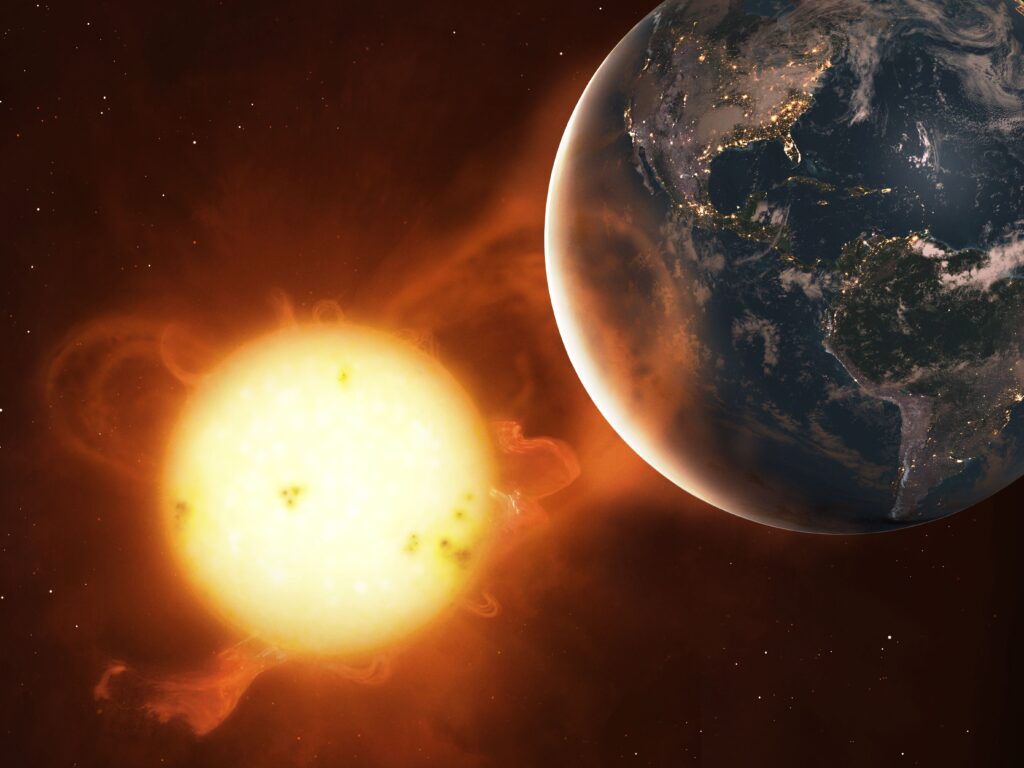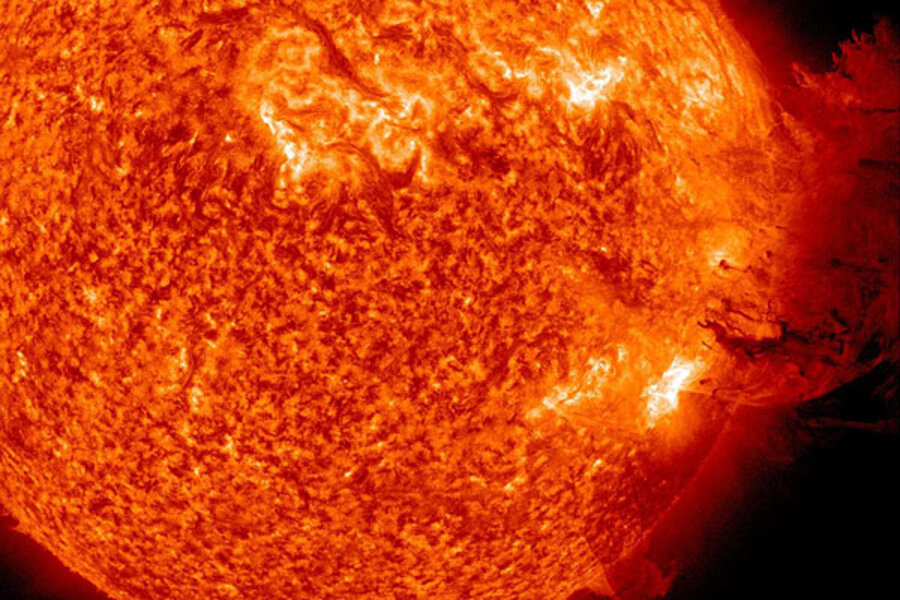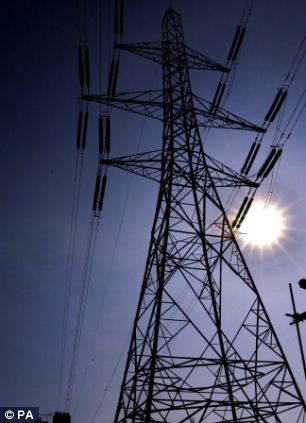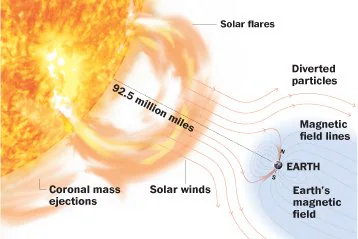Recent research has revealed that the Sun’s internal plasma flow, known as meridional circulation, operates at a much faster pace and extends only half as deep as previously thought—about 62,000 miles beneath the solar surface. This conveyor-belt-like mechanism moves plasma from the equator to the poles on the surface and back to the equator through the interior. These findings, based on data from NASA’s Solar Dynamics Observatory, suggest that existing models of the solar cycle may need revision to improve predictions of solar storms that can impact Earth.
